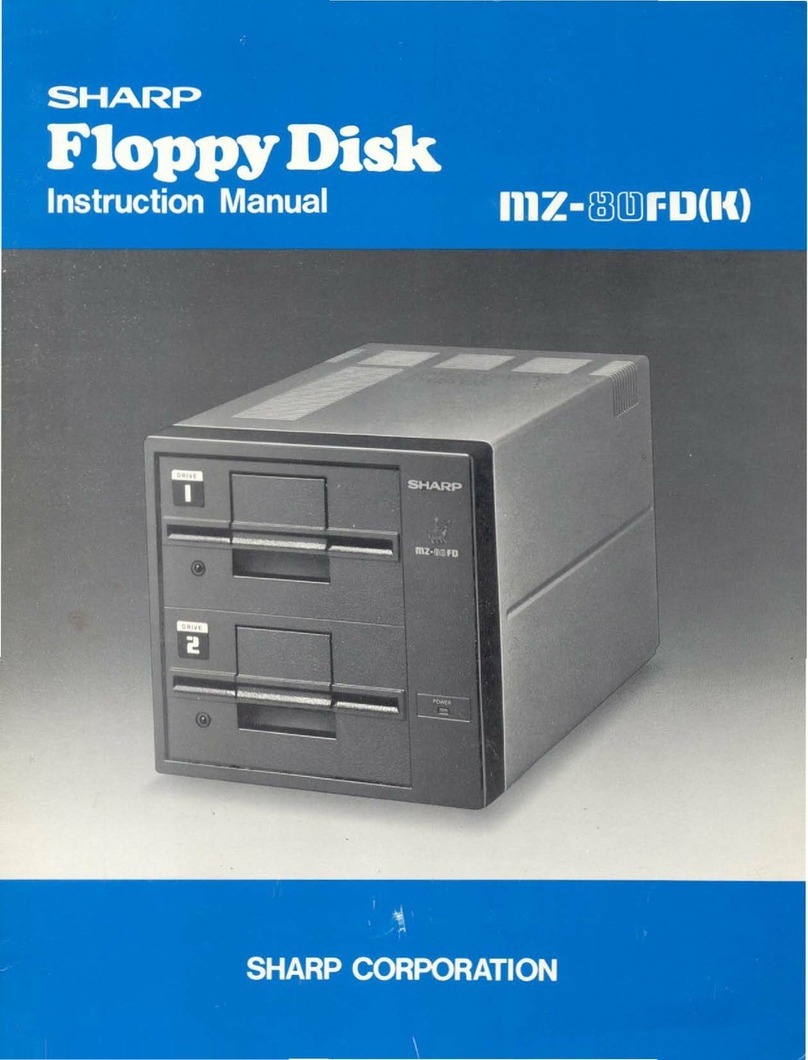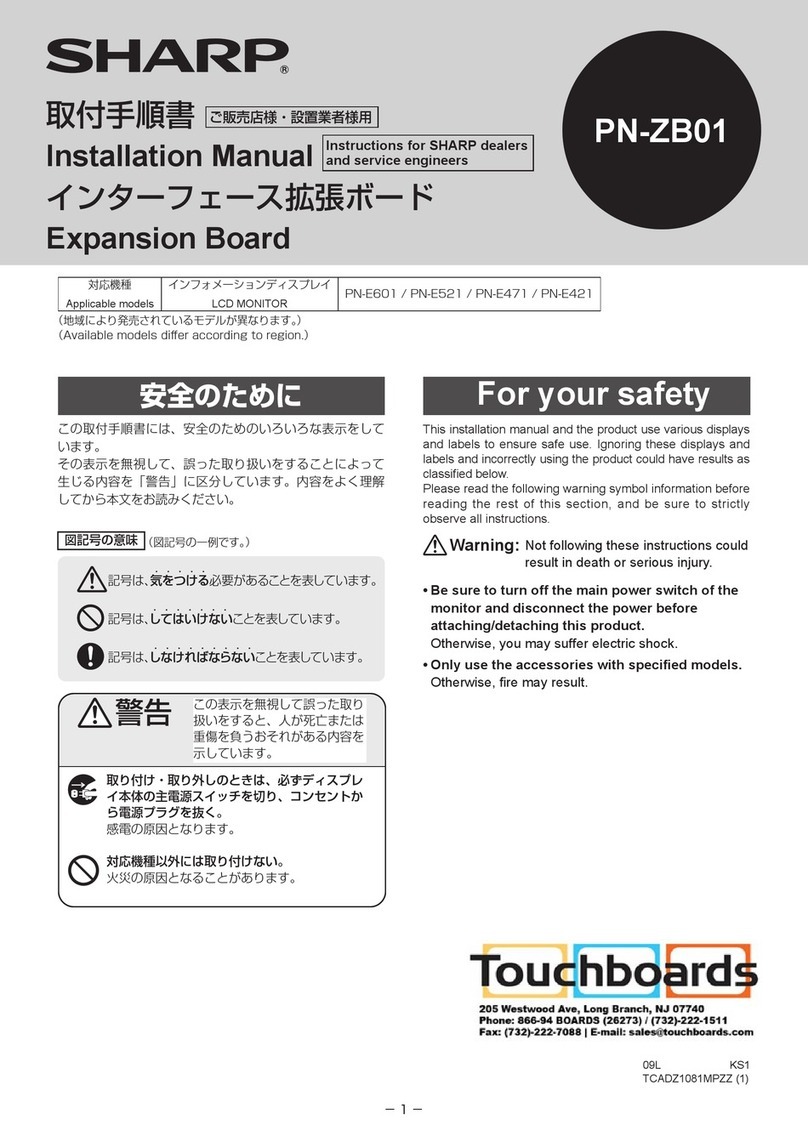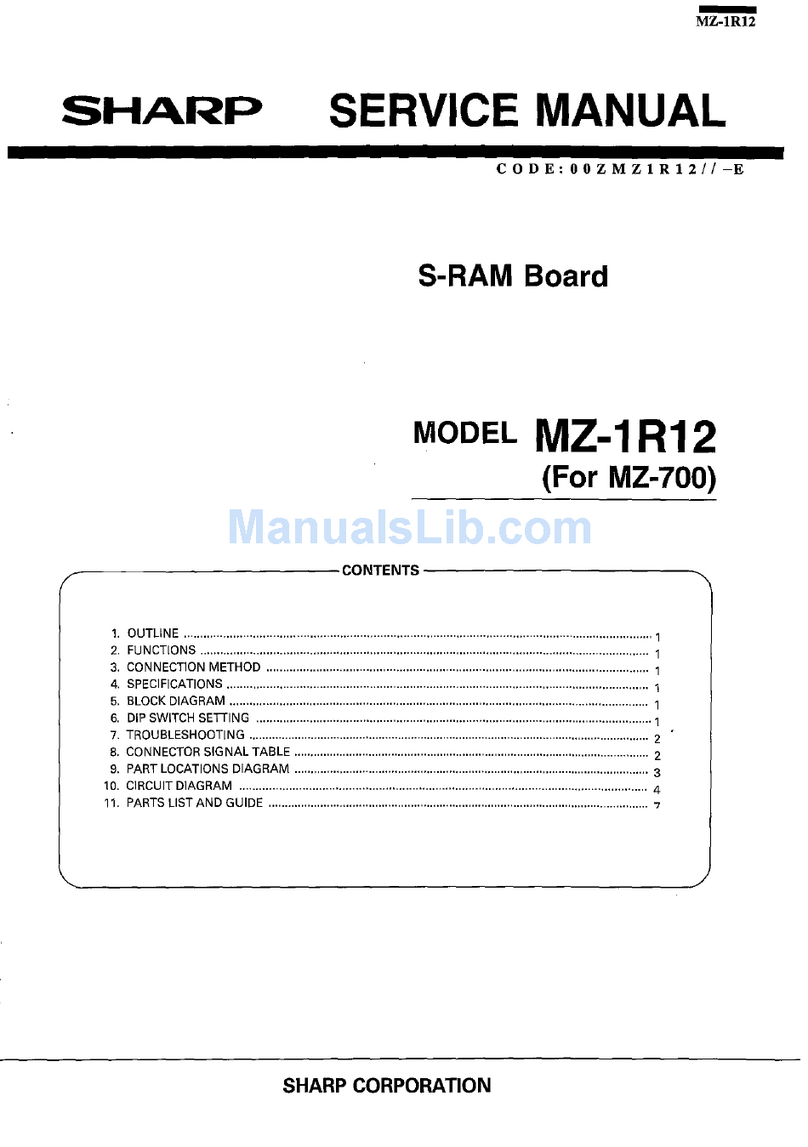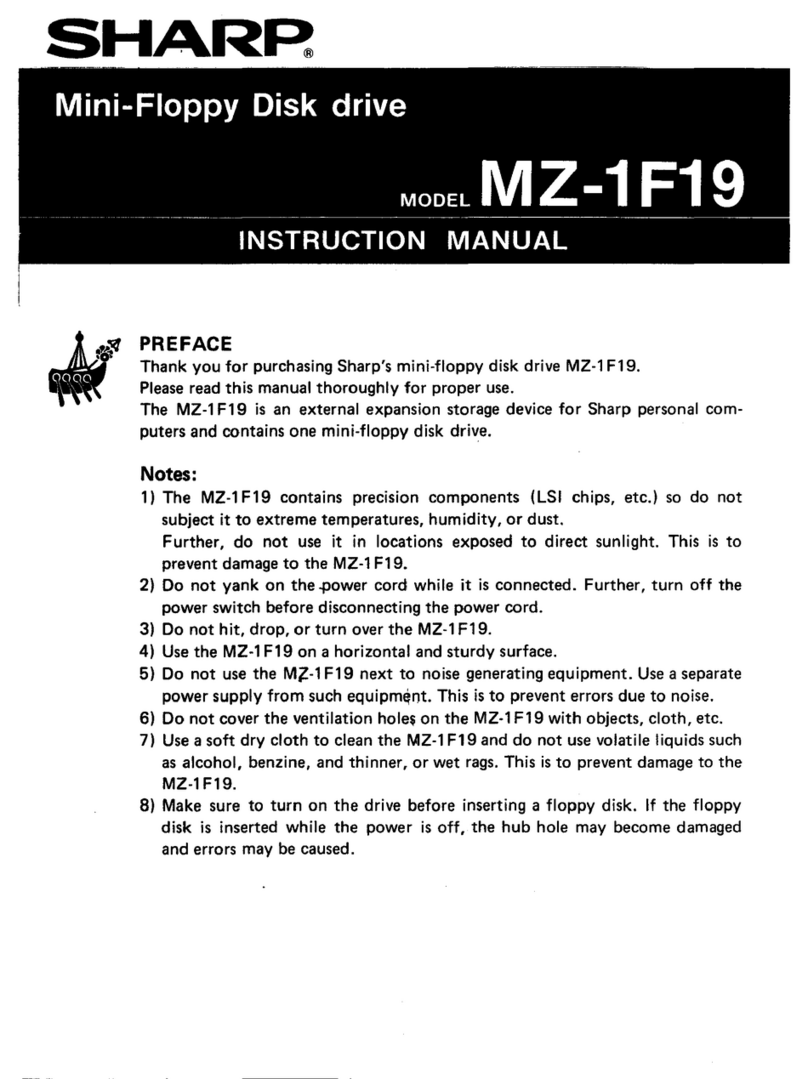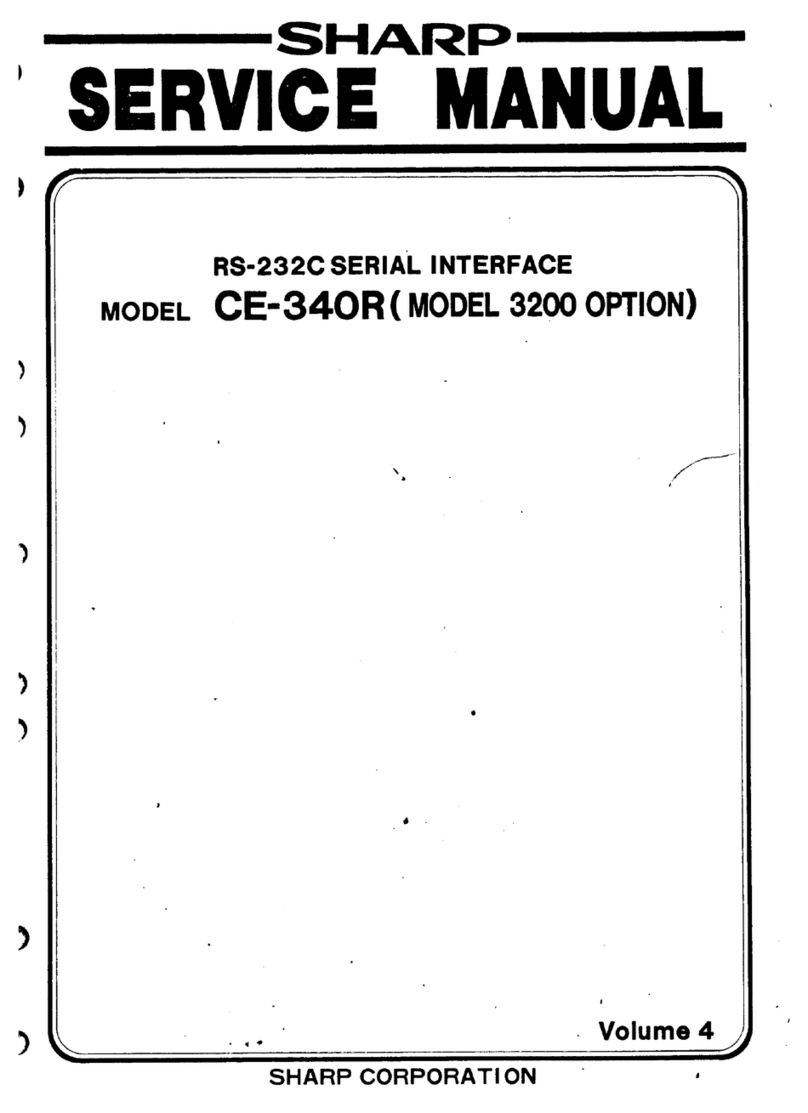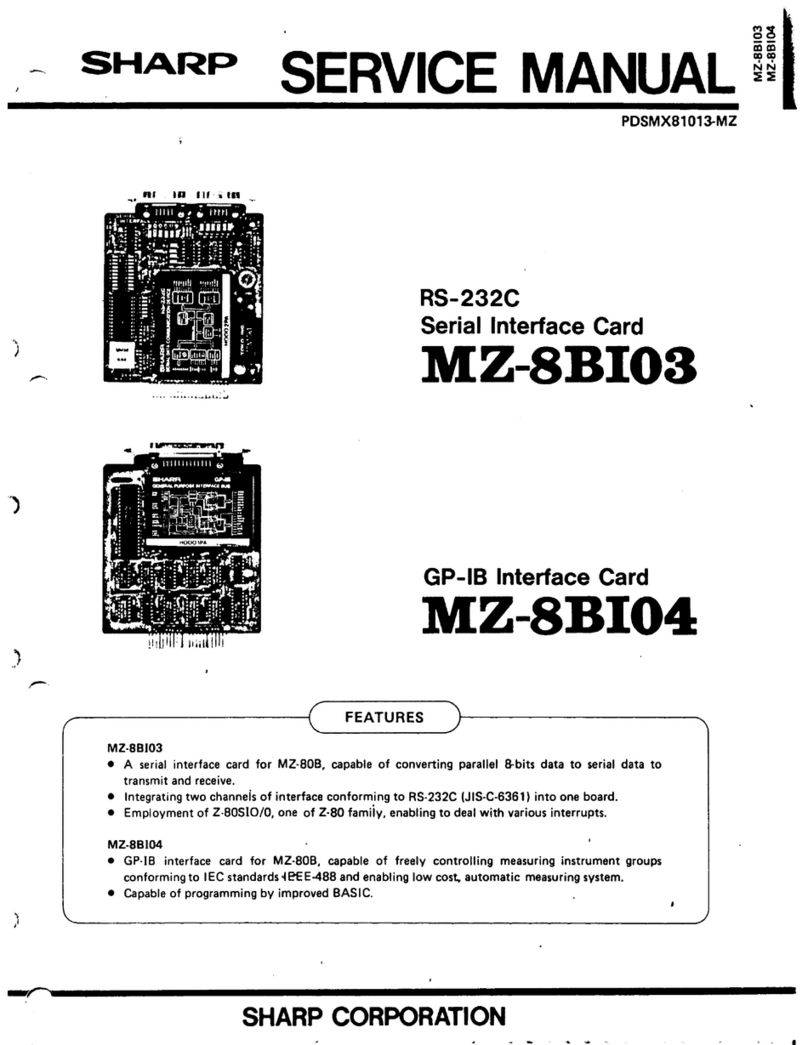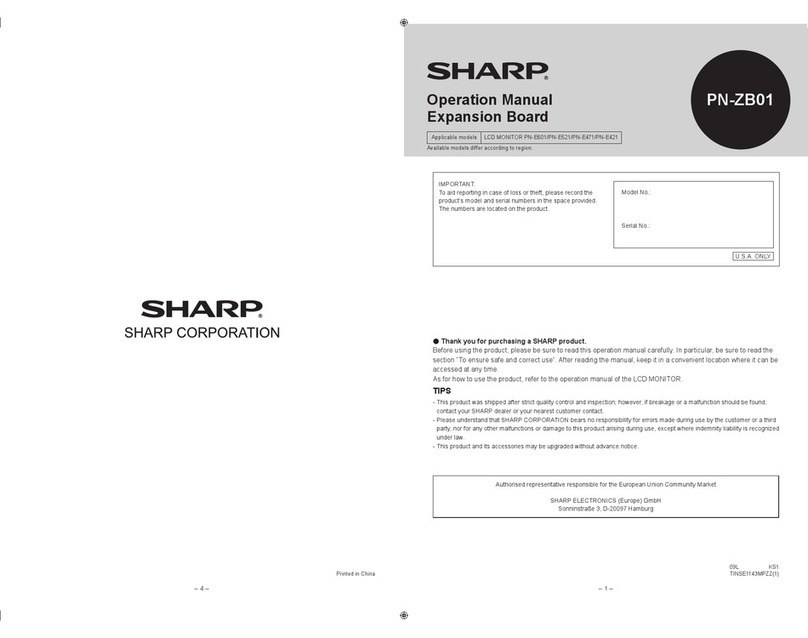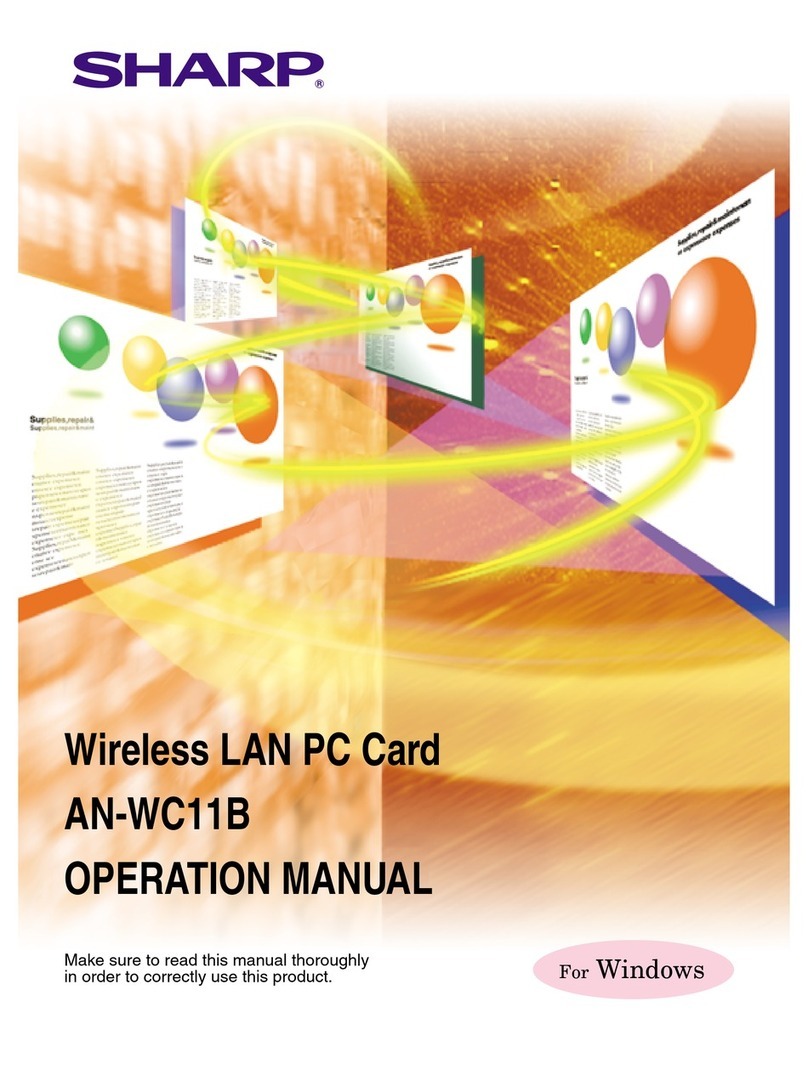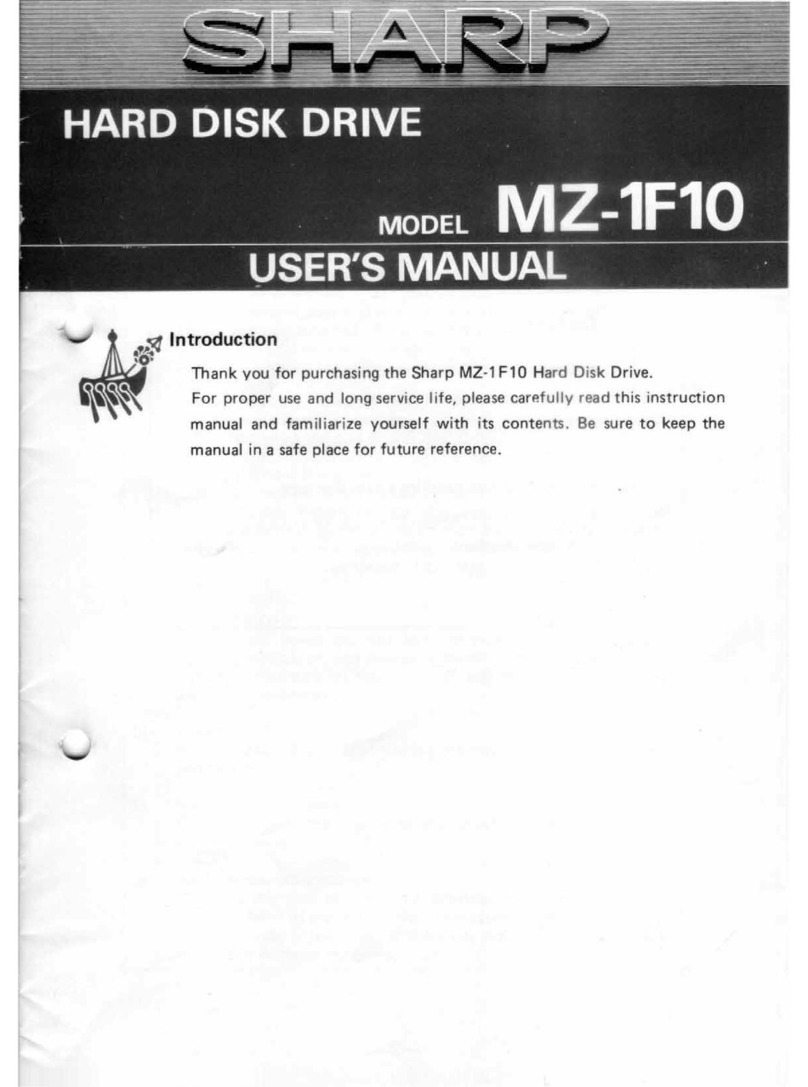[1] General specifications .............................................................................................................. 14-3
[2] Communication specifications.................................................................................................. 14-3
[3] External dimension drawings ................................................................................................... 14-3
14-3 JW-50FL ................................................................................................................................... 14-4
[1] General specifications .............................................................................................................. 14-4
[2] Communication specifications.................................................................................................. 14-4
[3] External dimension drawings ................................................................................................... 14-5
Chapter 15: Appendix .....................................................................................15-1 to 63
15-1 System configuration guide ...................................................................................................... 15-1
[1] Brief description of the Ethernet ............................................................................................... 15-1
[2] 10BASE5 Specifications........................................................................................................... 15-2
[3] 10BASE-T Specifications ......................................................................................................... 15-3
[4] Other Ethernet Specifications................................................................................................... 15-4
(1) 10BASE2........................................................................................................................... 15-4
(2) Optical Ethernet Specifications ......................................................................................... 15-4
15-2 Examples of system configurations ..........................................................................................15-5
[1] Small scale configuration ......................................................................................................... 15-5
[2] Basic configuration ................................................................................................................... 15-6
[3] Configuration of a large-scale network..................................................................................... 15-7
[4] Configuration of a long distance distribution system ................................................................ 15-8
[5] Configuration of local concentrations .......................................................................................15-9
[6] Configuration combining local and long distance distribution................................................. 15-10
[7] Principles of the FL-net system ...............................................................................................15-11
[8] Differences between a general-purpose Ethernet and FL-net ................................................15-11
15-3 Definition of network systems ................................................................................................. 15-12
[1] Communication protocol standards........................................................................................ 15-12
[2] Hierarchical structure of the communication protocols........................................................... 15-12
[3] Physical implementations of an FL-net .................................................................................. 15-13
[4] IP addresses on the FL-net .................................................................................................... 15-13
[5] FL-net sub net mask............................................................................................................... 15-14
[6] TCP/IP, UDP/IP protocols....................................................................................................... 15-14
[7] FL-net port number................................................................................................................. 15-14
[8] FL-net data format.................................................................................................................. 15-15
(1) Outline of the FL-net data format .................................................................................... 15-15
(2) FL-net header format....................................................................................................... 15-17
[9] FL-net transaction code.......................................................................................................... 15-17
15-4 Network control of the FL-net ................................................................................................. 15-19
[1] Token control of the FL-net..................................................................................................... 15-19
(1) Token ............................................................................................................................... 15-19
(2) Flow of the token ............................................................................................................. 15-20
(3) Token and data ................................................................................................................ 15-21
(4) Interval between frames (minimum allowable interval between frames)......................... 15-22
[2] Joining and leaving an FL-net network................................................................................... 15-23
(1) Participation in the FL-net ............................................................................................... 15-23
(2) Leaving an FL-net network.............................................................................................. 15-25
[3] Node status control ................................................................................................................ 15-26
[4] FL-net Local node management table.................................................................................... 15-26
[5] FL-net Participating node management table ........................................................................ 15-27
